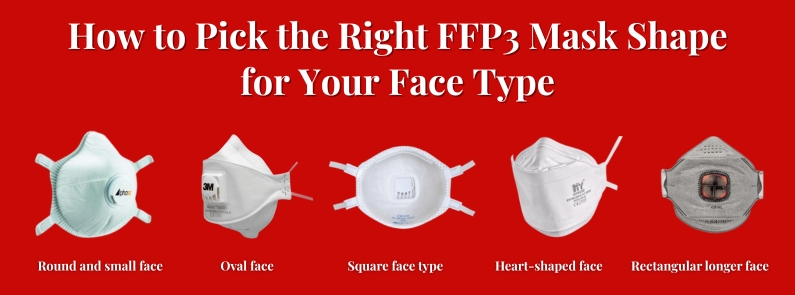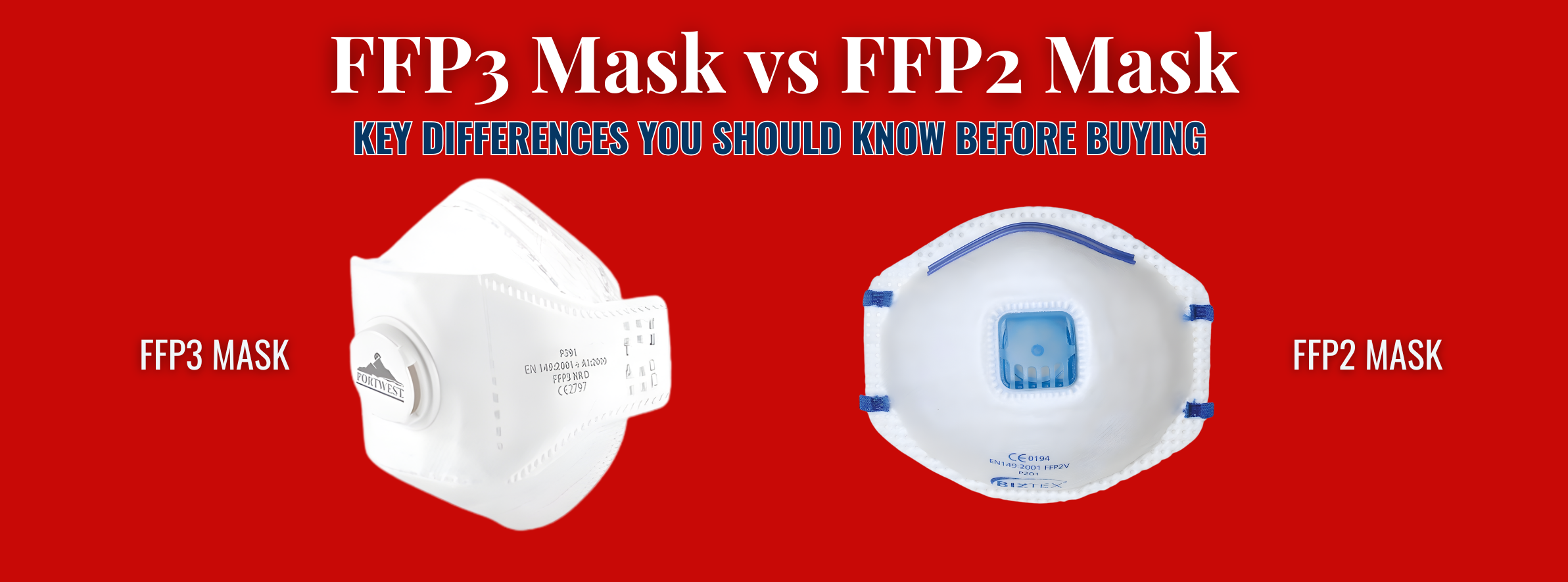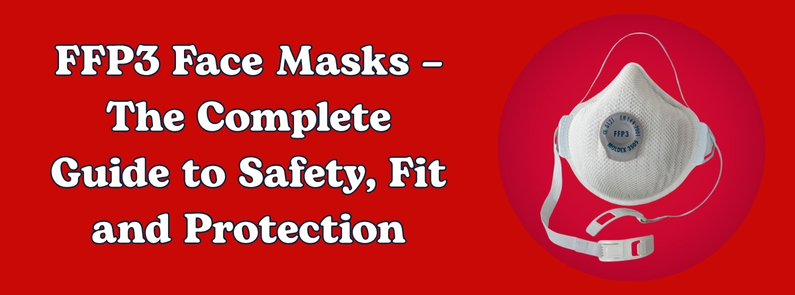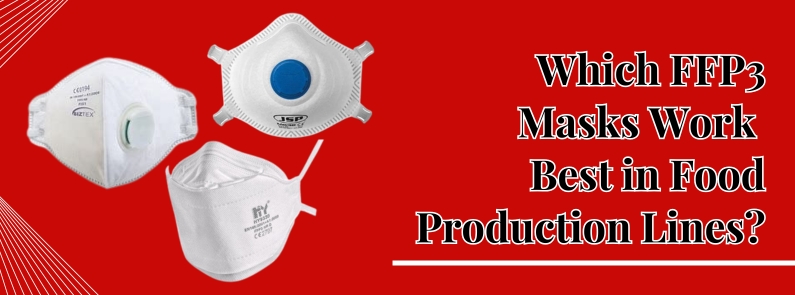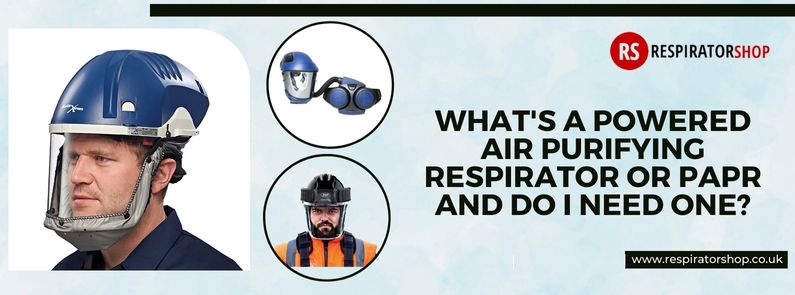
In recent times, workplace respiratory safety has become a critical priority. With increased emphasis on protecting workers' lungs, one device gaining traction is the powered air purifying respirator (PAPR). Unlike traditional respirator masks, PAPRs use a battery-powered blower to supply filtered air, reducing breathing resistance.
As industries face unique airborne hazards, the demand for effective PAPR solutions grows. These powered respiratorsoffer a blend of comfort, safety, and reliability. Whether in construction, pharmaceuticals, or chemical manufacturing, understanding PAPRs is crucial.
This article explains PAPRs' functionality and when they're needed for workplace protection. It covers the basics, advantages, and specific scenarios where PAPRs provide superior respiratory defense.
Powered Air Purifying Respirators (PAPRs) Explained
You're familiar with respirator masks that filter out particulates and contaminants. A PAPR takes it further - it is a powered respirator mask that uses a battery-powered blower to supply filtered air. This constant airflow helps reduce breathing resistance.
Why PAPR is Better than Traditional Non-Powered APRs?
Unlike non-powered air-purifying respirators (APRs) that rely on your breathing, PAPRs have a motor that pulls air through filters and supplies purified air. This powered system provides higher protection levels and reduces inhalation resistance.
- Assigned Protection Factors (APFs)
The positive pressure mechanism, combined with the forced filtered airflow, enables PAPRs to achieve much higher Assigned Protection Factors (APFs) than APRs. For example, the Gentex Pureflo PAPR has an impressive APF of 1000, while full-face APRs max out at 50, and half-mask APRs have a remarkably low APF of merely 10.
- Filter Mechanism of PAPR
PAPRs use highly efficient filters, such as HEPA or ffp3 dust masks , to remove particulates, gases, vapours, or a combination of these. The filtered air flows towards your powered respirator mask, ensuring you breathe easily.
- Power Source of PAPR
The blower motor requires battery power to function, usually rechargeable batteries. Some PAPRs are belt-mounted, while others are backpack-style, accommodating battery packs. Most offer 4-12 hours of runtime per charge.
- Comfort and Ease of Use
With reduced breathing resistance, PAPRs enhance comfort during long work shifts. The constant filtered airflow also prevents CO2 buildup inside the mask. Many powered respirator masks even have cooling features for additional comfort.
Advantages of Using PAPRs
Let us now understand how PAPRs stand out by offering several advantages:
- Fitting Options and the Benefit of "Loose Fitting"
Some PAPRs are designed as loose-fitting powered respirator masks or hoods. Unlike tight-fitting respirators, these don't require a perfect seal on your face. This allows greater flexibility in sizing and fit.
- Elimination of the Need for Fit Testing in Certain Models
For tight-fitting PAPR models, quantitative fit testing is still necessary. However, loose-fitting PAPRs eliminate this need as they don't rely on a tight facepiece seal. This saves time and resources.
- Improved Safety Through Positive Pressure Mechanism
PAPRs maintain positive pressure inside the respirator, preventing inward leakage of contaminants. This enhances protection, especially during high physical exertion when inhaling causes negative pressure.
- Higher Assigned Protection Factors (APF)
Thanks to their design, PAPRs often have higher APFs than non-powered APRs. APFs indicate the workplace level of respiratory protection a respirator provides. Higher APFs mean better protection.
When Do You Need a PAPR?
To determine if you need a PAPR, you need to assess the respiratory hazards. Consider the type of airborne contaminants and their permissible exposure limits. You may also need to evaluate the Assigned Protection Factor (APF) your respirator must provide. Here are industry-specific scenarios where PAPR is beneficial:
- General Industry
In manufacturing, construction, and utilities, PAPRs protect against dust, mists, and fumes. Their higher APFs allow work in areas exceeding the limits for non-powered respirators.
- Remediation
PAPRs provide a high level of protection when remediating asbestos, lead, and mold. Their positive pressure prevents the ingress of hazardous particulates during physical exertion.
- Welding and Grinding
Welding fumes and metal dust from grinding pose serious inhalation risks. Battery-powered PAPRs allow unrestricted mobility and continuous filtered air supply.
- Powder Coating and Painting
If you are spray-applying coatings or paints, PAPRs safeguard you from inhaling isocyanates, solvents, and other vapors common in these applications.
- Chemical Handling
When you are working with hazardous chemicals, PAPRs can filter out gases, vapours, and particulates. Their airflow prevents lung overexertion and heat stress.
- Pharma Manufacturing
Potent compounds require utmost safety. PAPRs maintain positive pressure, preventing contamination.
- Hazmat Operations
Are you responding to hazardous material incidents? PAPRs allow safe breathing in IDLH (Immediately Dangerous to Life or Health) atmospheres. Their flexibility in accessories enhances mission-specific protection.
How to Select the Right PAPR for Your Needs
Choosing the appropriate powered respirator involves evaluating several key factors.
- First, identify the specific contaminants you need protection against—particulates, gases, and vapors. This determines the required filter type and efficiency.
- Next, consider your mobility needs during work. Will you be stationary or constantly moving? Backpack or belt-mounted PAPRs allow greater mobility.
- Battery life is another crucial factor. Longer runtimes reduce downtime for recharging. Evaluate your shift durations to prevent disruptions.
Assess your specific requirements regarding hazards, mobility, cost, and user preferences. This guides the optimal PAPR selection for enhanced workplace safety.
Final Thoughts
Protecting your respiratory system should be a top priority at work. If you face hazardous airborne particulates, gases, or vapours, a PAPR provides superior defense. Its powered air supply reduces breathing resistance for enhanced comfort.
Carefully evaluate your workplace exposures and mobility needs. Choose the right PAPR model with suitable filters, battery life, and fitting preferences. This investment ensures you can work safely without fatigue.
Still unsure which powered respirator mask or PAPR system is right for your workplace? Visit Respirator Shop and let our specialists help. With a wide selection of high-quality powered air-purifying respirator masks from top brands, we ensure you get the ideal respirator solution. Don't compromise on breathing safety - get the powerful protection you need right away!

